Heirloom seeds offer much to the backyard and homestead gardener. They reproduce true-to-type, affording you seed self-sufficiency if you grow and save them from year to year.
But for those who love a good story or who really enjoy delving into history, these seeds also offer something for the intellect and curiosity, as well as the stomach.

Unlike many modern hybrid varieties of seeds — often just trade blends created by various seed companies, university extensions, or a lab — heirloom seeds have gone on an adventure in order to exist. Some of them were cherished from generation to generation, crossing over oceans, and carried in cargo across continents. Others were discovered after literal centuries of waiting in archaeological sites. And some were created or preserved through the decades by the most unlikely of plant breeders.
Though there are thousands of origin stories, I’ve collected a few of my favorites to share with you all. Maybe, if you are growing and saving your own heirloom seeds, you’ll be able to someday join rank with the legions of seed-savers with a story to share about their favorite or personalized varieties.
Radiator Charlie’s Mortgage Lifter Tomato
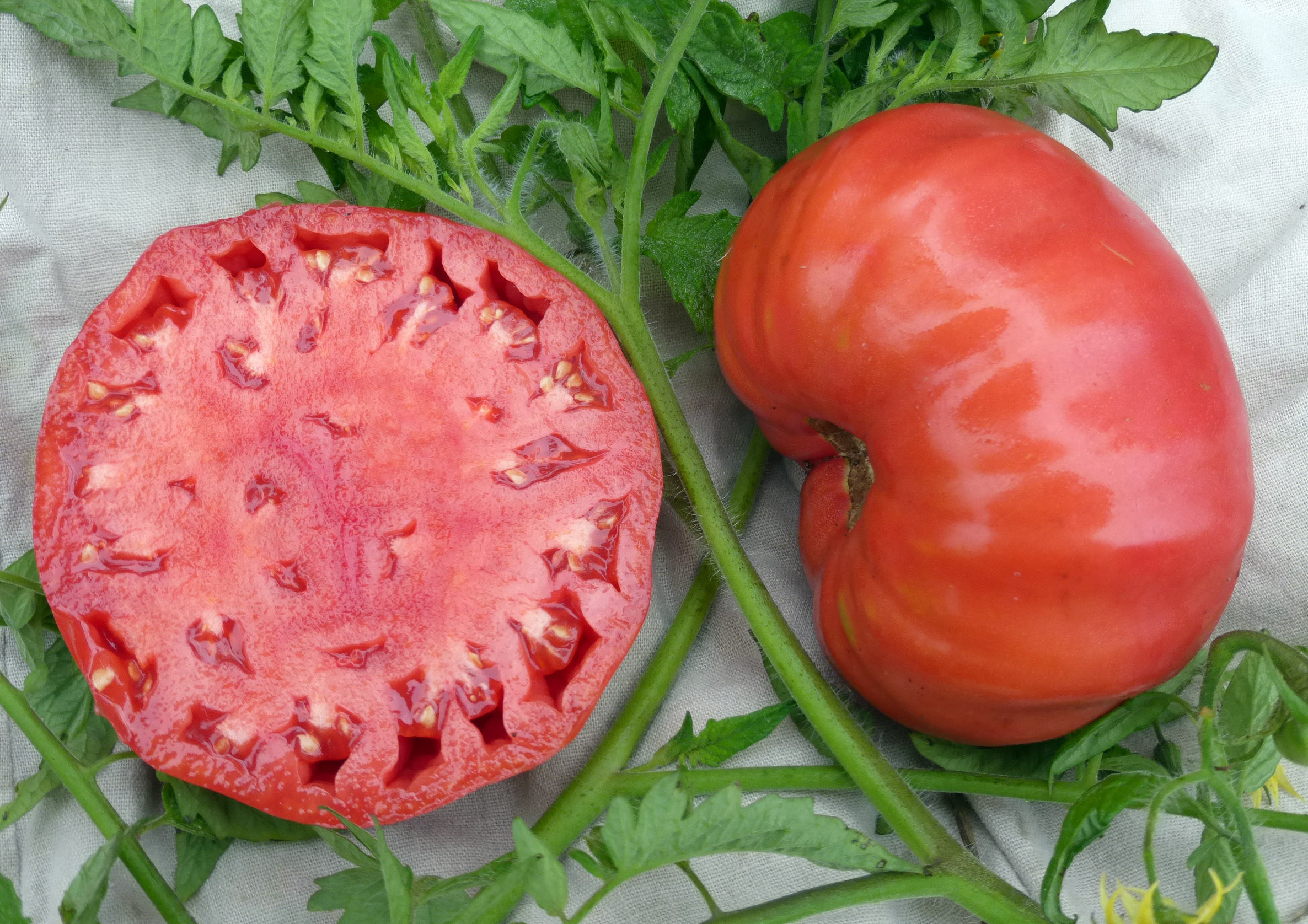
As with many heirloom seeds, the name of this huge tomato implies there’s much more to it than meets the eye. And indeed, the story of the mortgage lifter tomato is one of the finer examples of how a home grower can come up with something extraordinary.
The following story comes from Southern Exposure Seed Exchange, which hosted an interview with “Radiator Charlie” himself in 1985. M.C. Byles earned the automotive nick name by operating an auto repair business at the base of a steep hill. Trucks often overheated attempting to summit it, giving him plenty of business.
That background tells you that Charlie was no formally trained plant breeder. Nevertheless, in the 1930s, he decided to create a new variety of tomato by planting the four biggest breeds of tomato he could find and intentionally cross-breeding them with a baby’s ear syringe. Every year, for the next seven years, he planted seeds from the best and biggest resulting tomatoes, continually refining his creation. When he finally had a stable variety, he was able to sell his now famous plants for $1 each (in 1940s money), and was able to pay off the mortgage on his house as a result.
If you’re interested in growing these meaty, 2.5-pound tomatoes yourself, the descendants of M.C. Byle’s original plants are now sold by several seed companies.
Art Combe’s Ancient Watermelon
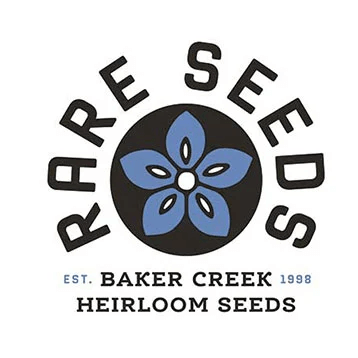
In the 1920s, Art Combe was an expert on plants that grew in the arid southwest of the United States, and as it happens, an amateur prospector as well. During one of his explorations of the Mogollon Rim of Arizona, he dug around in an abandoned, sandstone cave and discovered a small, woven pot filled with bright red watermelon seeds. They were hundreds of years old — potentially thousands — saved centuries ago by Pueblo farmers. And amazingly, they still held life.
As any amateur prospector and plant expert worth his salt would do, he planted those seeds in the desert soil and ended up growing a strange little watermelon that was exceptionally sweet. He selected for size, and after a few generations, ended up with a nice, 20-pound watermelon that tasted just as sweet. But more than flavor, he also preserved the result of the ancient Indian selection process and had a melon that was extremely drought and heat tolerant.
You can find seeds descended from Art Combe’s plantings over at Baker Creek.
Stowell’s Evergreen Corn
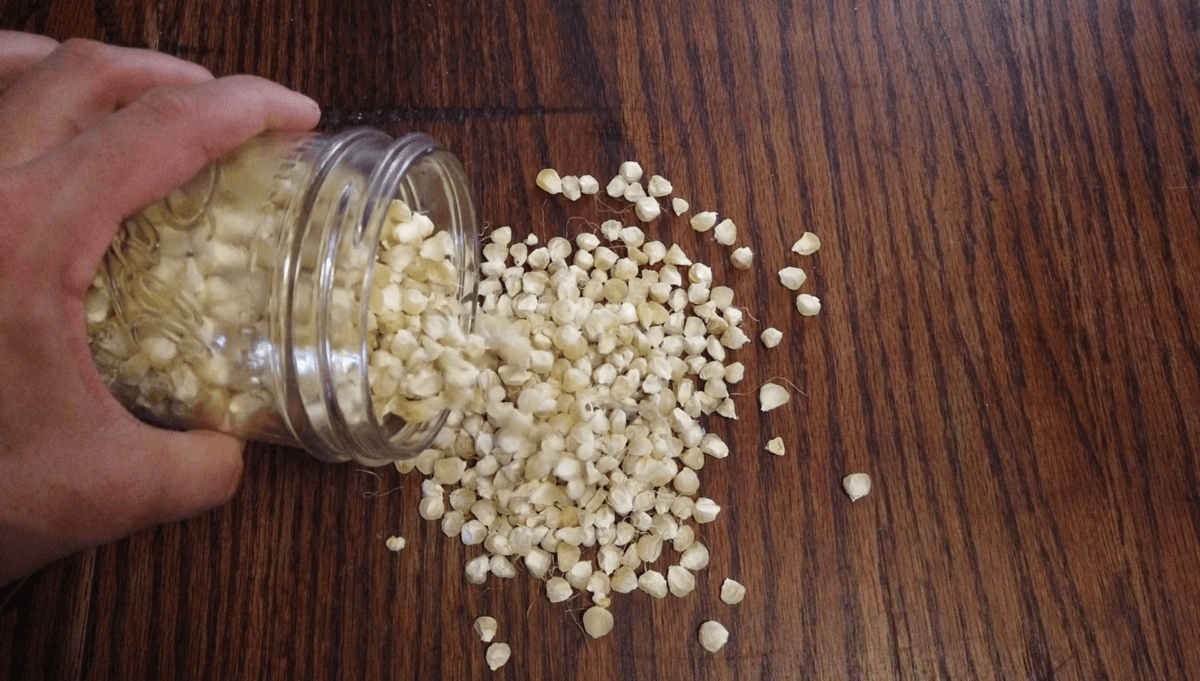
Stowell’s Evergreen is renowned as one of the latest maturing, oldest, and best-storing of the heirloom sweet corn varieties, and has been popularly bought and grown since its debut when it was first offered by a commercial company in the 1956.
The story goes back further, however, as a tale of fraternal betrayal. As reported by True Leaf Market, the original seeds were developed by New Jersey farmer Nathaniel Newman Stowell by crossing two (presumed) extinct varieties of sweet corn. Once he had a stable, sweet, storable variety, he sold two ears to a friend for $4, under the condition that they would be for personal use only.
Well, that so-called friend turned around and sold the same seeds to Thoburn and Company Seed for $20,000 (and that was in 1950s money!) Though Nathaniel Stowell didn’t get the cash, at least he got his name attached to the variety. Since it has been popularly sold for more than a century and a half, you can quite easily get your hands on some of this legendary sweet corn and see what all the fuss was about.
Japanese Black Sticky Corn
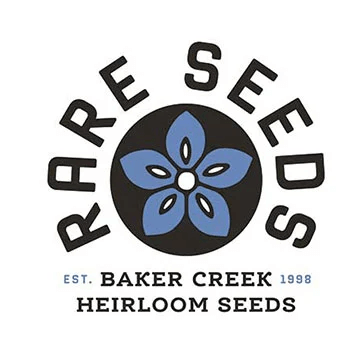
As the story goes, the strain being sold by Baker Creek (where I found this story) is descended from seeds brought to Japan from China in the early 1800s. This is an odd fact for anyone who is familiar with the plants associated with the Colombian Exchange, because corn is clearly a plant indigenous and originating from the Americas. What was China doing with its own corn variety?
Some say that Portuguese traders brought seeds to China from the Americas in the 1520s. Distinctly unique varieties like this black, sticky corn don’t happen overnight, however. That’s why other historians contend that China had been cultivating their own, unique cultivars of this sticky corn far earlier than the 16th century — perhaps 100 years before the Columbus voyage. Those particular historians hypothesize that Chinese traders were able to get the seeds on an expedition to Peru in the early 1400s. To back up that claim, archaeologists have found depictions of plants that look very much like corn in temples in India. Debates rage over what must be true, for if China made contact with the so-called New World earlier than Europe, much of established history should also be challenged.
I love this corn because it messes with the currently accepted narrative of European exploration and discovery, suggesting that our current version of history may leave much to be desired. Who knew that plants growing in your garden could be the source of so much potential debate?
If you’re looking to grow some of your own history-confounding corn, you can find seeds for this sweet, uniquely sticky, and beautifully colored corn at Baker Creek Seeds.
Turkey Craw Pole Bean
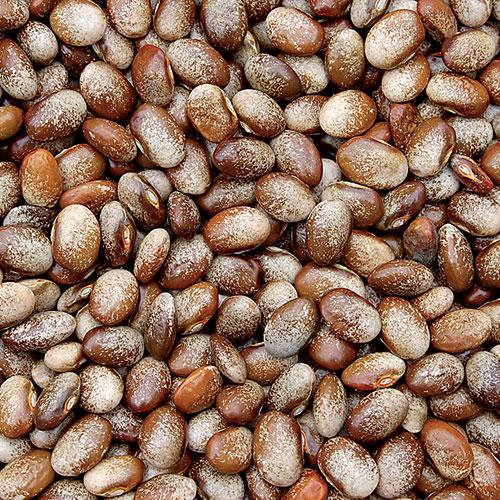
The name of this heirloom bean tells the bulk of its origin. As the story goes, a hunter in Tennessee — believed to be a black slave in the 1800s — shot a turkey, brought it home for dinner, and discovered beans in its crop (sometimes referred to as the craw). He saved and planted the beans (maybe they were a forgotten Native American cultivar?) and the rest is history
You can order these beans from Seed Savers Exchange or Rohrer Seeds if you want to carry on their tradition in your own garden.
Folsom Indian Ruin Beans

We published an article detailing the fascinating discovery of this bean variety earlier, but the story is worth repeating.
Jackie Clay-Atkinson, fellow homesteader and co-founder of Seed Treasurers, was gifted some of these ancient beans. A neighbor who knew of her fascination with heirloom seeds had accidentally unearthed a clay jar, sealed with pitch, in some ruins by his New Mexico cow pasture.
She ended up doing what all good gardeners are compelled to do, and she planted them to see what would happen. As you might guess, some of those seeds — assumed to be around 1500 years old — actually sprouted, and resulted in some huge-seeded pole beans. According to Clay-Atkinson, when cooked, they “swell up nearly the size of a ping-pong ball” (you have to mash or slice them to eat.)
If you’d like to grow the next generation of these historic beans, you can order them directly from Seed Treasures.
Chinese Wool Flower
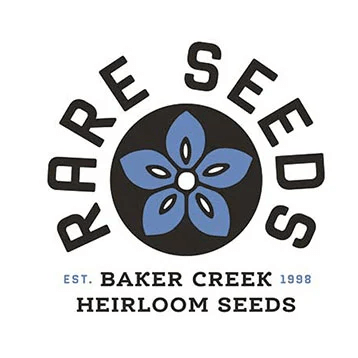
Jere Gettle of Baker Creek Seeds often finds listings of rare and forgotten seeds in decades-old seed catalogs. Oftentimes, the oldest heirlooms fell out of popularity, stopped being carried by seed companies, or were replaced with improved hybrids. Hundreds of heirlooms were lost from the public eye this way, and have only survived because small gardeners or families kept growing and saving them at home.
So it was when Gettle found a 1915 listing for an odd Celosia flower he’d never seen before: the Chinese Wool Flower. He couldn’t find these edible-leaved and fluffy flowers anywhere in the United States, and eventually was able to track them down to a single seed packet found in Japan.
One of the many promises of heirloom seeds, however, is that they can bounce back if cared for. You can now buy seeds descended from that seed packet over at Rareseeds.com.
Peter Pepper

You can laugh, I won’t judge. This pepper looks exactly like what you think it does. Never mind that it has a good balance of heat (a little spicier than a jalepeno) and flavor. I guarantee most folks start growing this cultivar based on its anatomical features and realize later that it’s a pretty tasty pepper as well.
The thing that delights me about this ridiculously phallic cultivar is the very fact it exists. Due to its indecent appearance, I couldn’t find records of seed companies selling this perky pepper until the late 1990s. That means, somewhere in the previous decades, gardeners with a sense of humor grew this pepper, saved its seed, and passed it from friend to friend to keep it alive. Did someone “gift” a start to a prudish gardener, telling them it was a super-special pepper, and anticipating a gasp in horror as the fruits began to develop? Did some beer buddies giggle over their gardens? Did home gardeners with a goofy streak pass them around at seed-swaps for decades? It’s hard to know for sure, since the origins of this cultivar are hard to trace. The lore I could find on the unique-shaped fruit is that it originated in the Americans (it’s popular in Texas, Louisiana, and some parts of Mexico) and that the awareness of the pepper was probably first spread in print by Texas journalist Frank X. Tolbert.
He wrote a Dallas, Texas newspaper column on obscure local history, where he once featured the pepper.
At the end of the day, all we really know is that it exists, and it’s here to stay. Though it’s a rather rare pepper, you can find source seeds for your own bit of R-rated gardening here.
Utopian Ultracross Collards
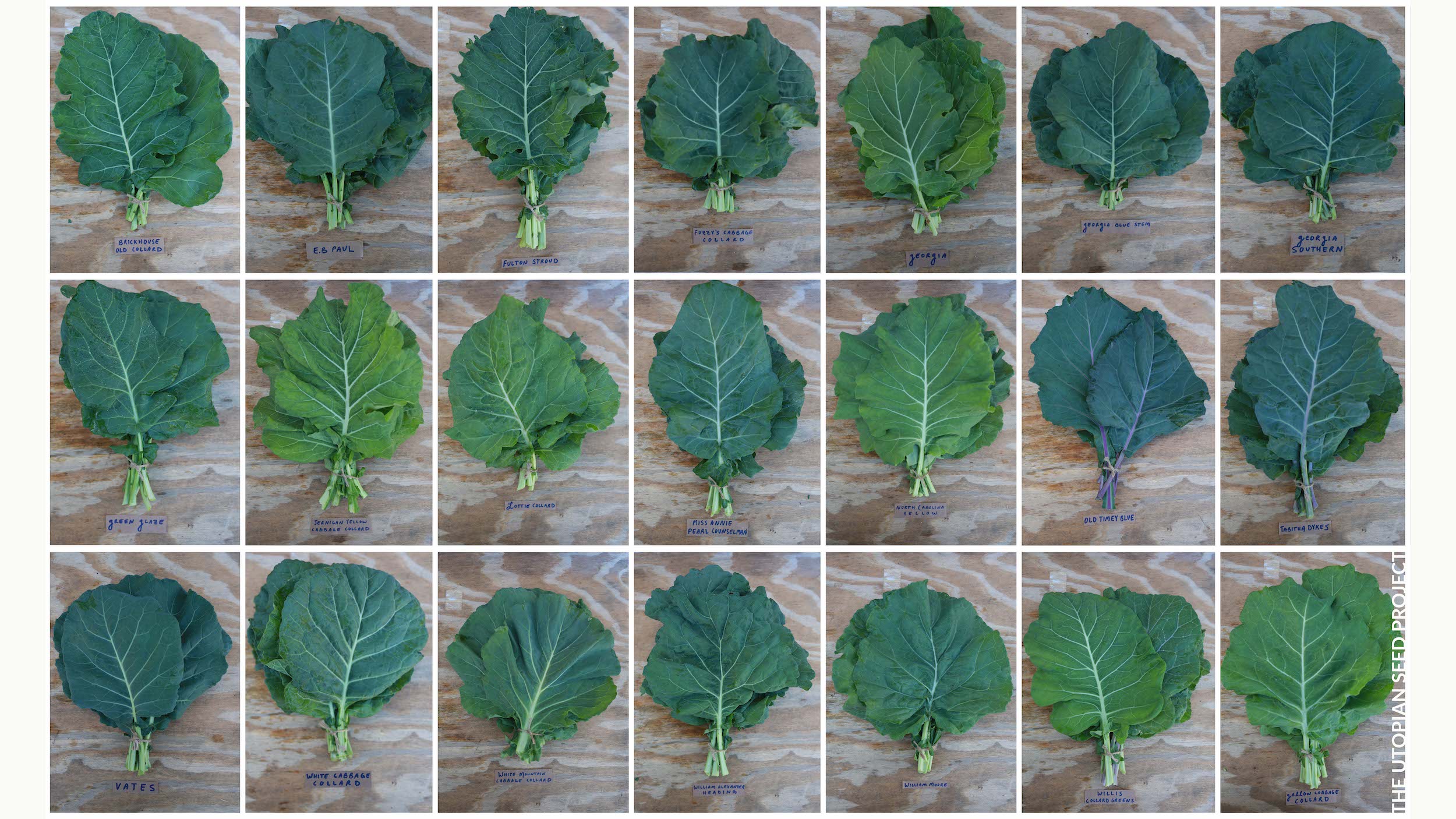
Rather than being an old cultivar, rich with history, this is a new cultivar that was bred in 2020. Nevertheless, I like this story because it is full of the experimental spirit and the discovery that is the birthright of anyone who grows and save their own seeds. The Utopian Seed Project in Asheville, NC, grew 21 different varieties of collards in 2020, allowed them to overwinter, then harvesting the seeds from the surviving plants the next spring. The result was some genetically rich seeds that are full of the diverse characteristics of their many parents. It’s likely all plants grown from these packets will be slightly different, allowing the gardener to begin selecting for their own desired outcomes.
The scope of this project was originally to produce cold-tolerant, tasty, and hardy collards, and if you’d like to be a part of it, you can buy Ultracross Collard Seeds from Southern Exposure Seed Exchange to support it, or become part of the experiment with the Utopian Seed Project itself.
“Ozark Hat” Peppers
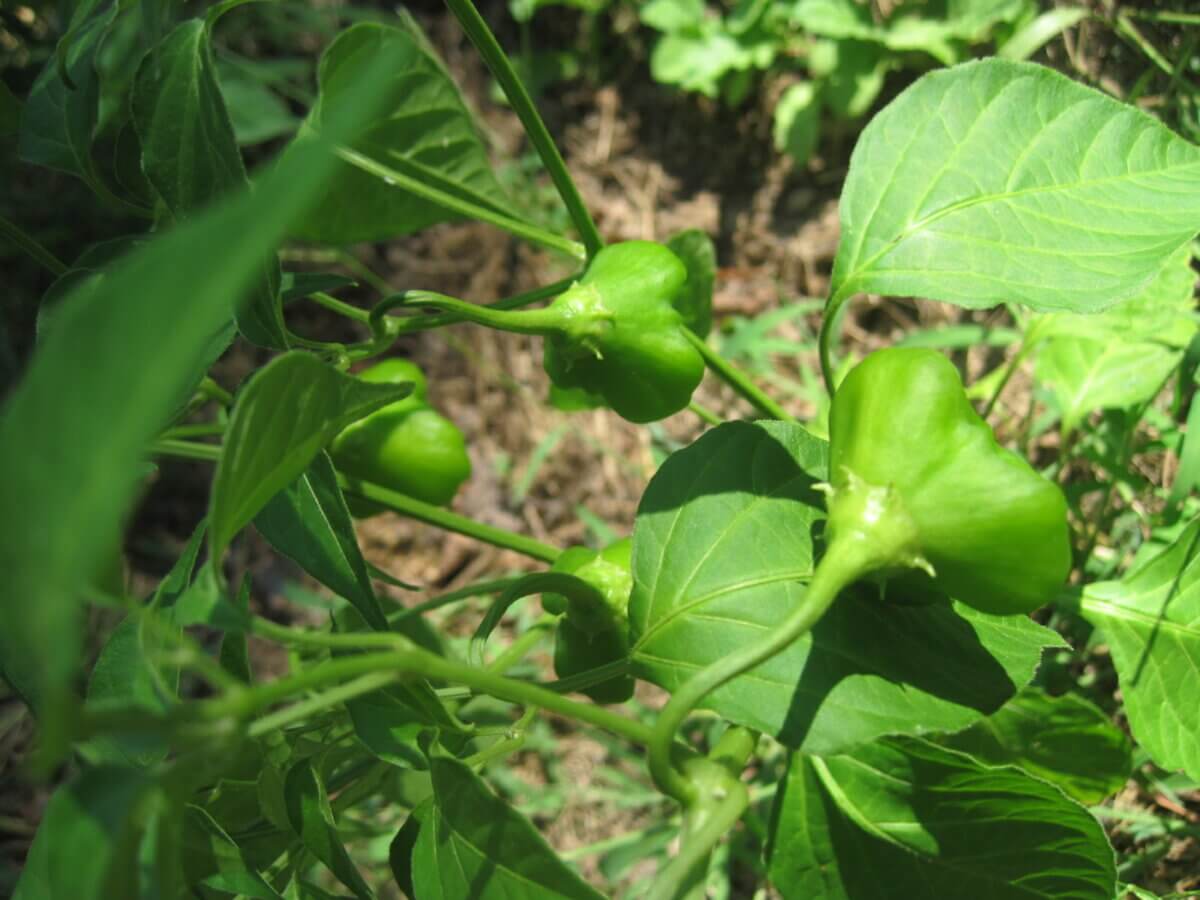
My first year on the homestead, my sister gave me a few ripe, red Mad Hatter peppers from her garden. This hybrid pepper was sweet and slightly spicy, and being the irrepressible seed saver I’ve become, I couldn’t help but set aside the seeds for my own planting.
The next summer, in went the saved seeds, and up came two distinctly different peppers. Some of them resulted in tiny, super-spicy and wild-looking peppers that resembled their undomesticated counterparts in South America. Others, however, made peppers that looked similar to the Mad Hatter my sister had brought, yet displayed a range of 3 to 5 lobes. Most interesting of all, these new peppers were completely sweet and fruity — not a trace of heat.
I’ve since planted successively saved seeds from those sweet peppers, and am now in my fifth year. These seeds have been the easiest germinating and most drought-tolerant peppers I’ve ever grown, never even wilting during our awful drought in 2022. We call them our “Ozark Hat” peppers, and I plan to keep planting and refining them to make my own heirloom seeds to share.
I relate that personal story not as a self-indulgence, but as an encouragement to other gardeners and seed-savers to start writing their own seed stories. The collection of heirloom plants isn’t set in stone, not by a long shot. Instead, new stories, both ancient and still being written, are discovered every year.
If you want a book about developing your own seed strains, I recommend Carol Deppe’s Breed Your Own Vegetable Varieties. It’s sure to inspire.

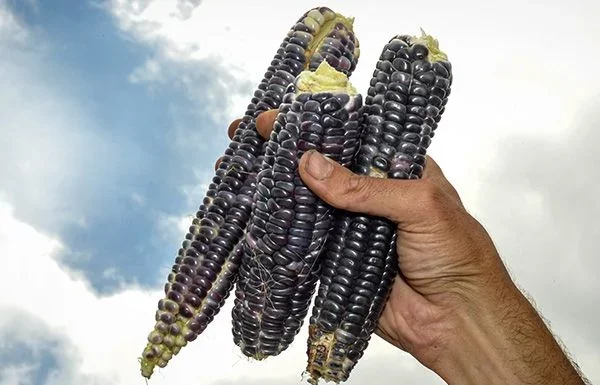

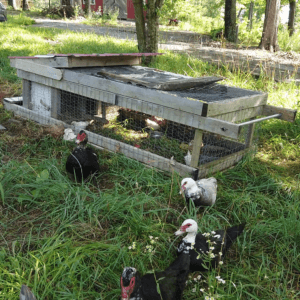

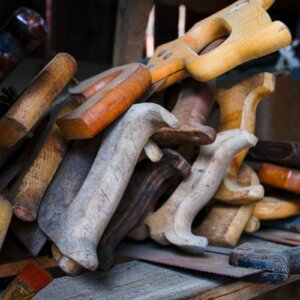
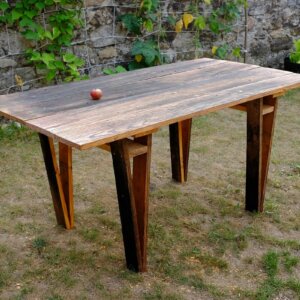


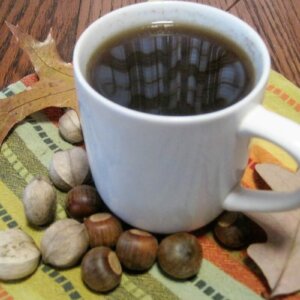



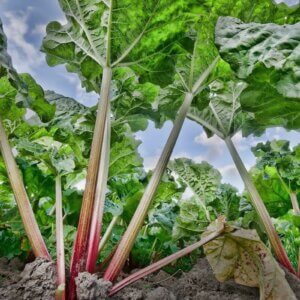

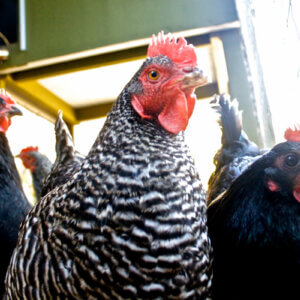

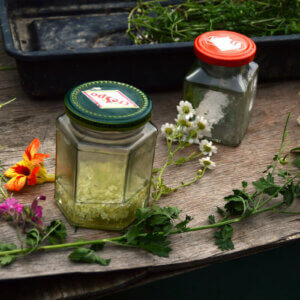
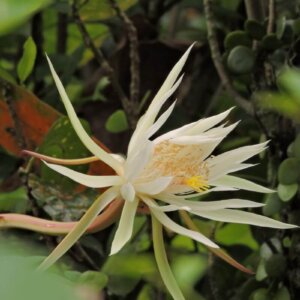

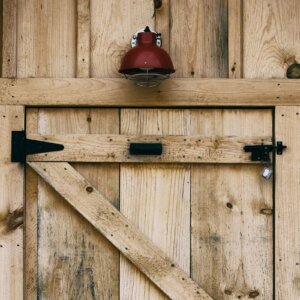
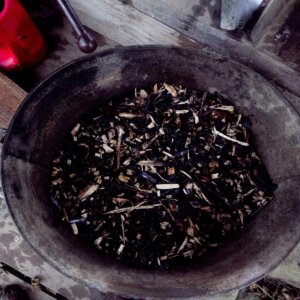
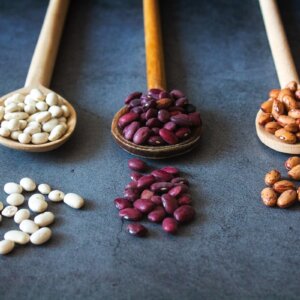


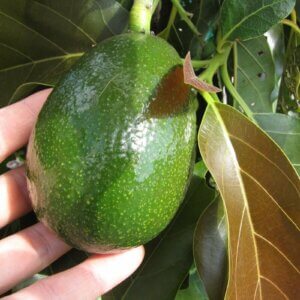



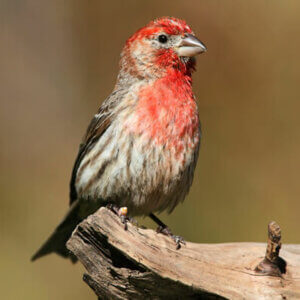
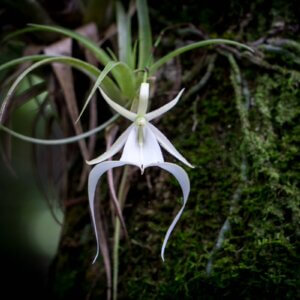

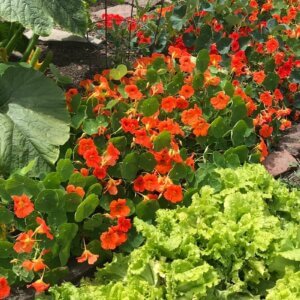
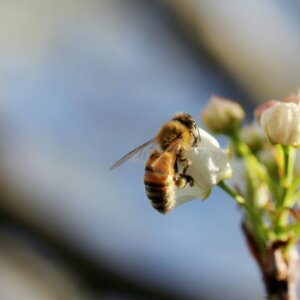
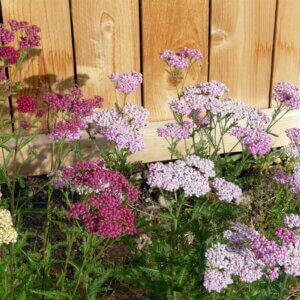



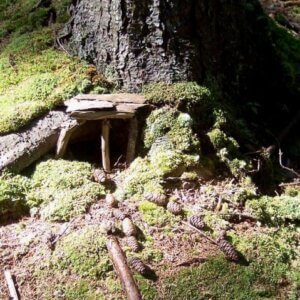
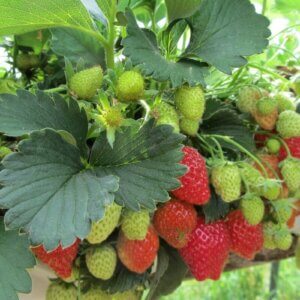
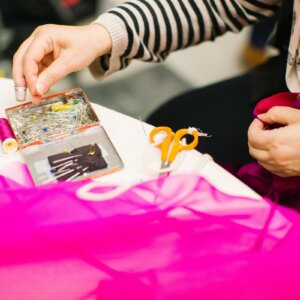
Leave a Reply